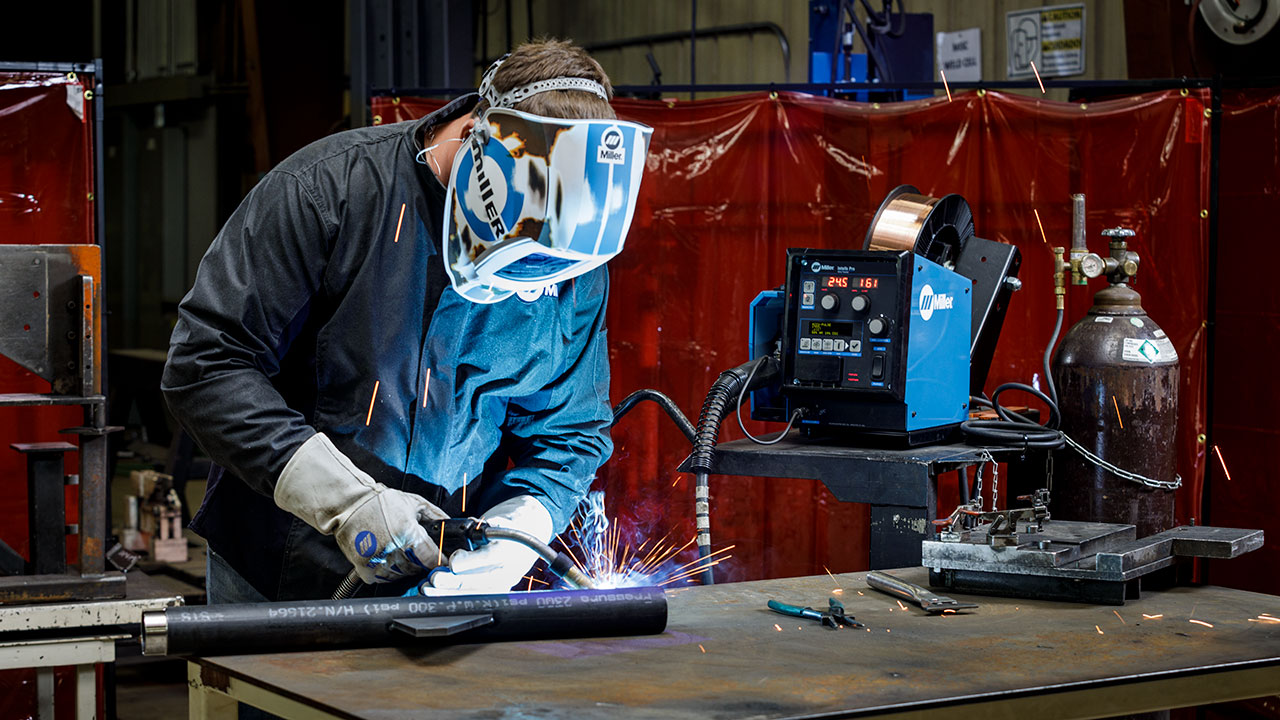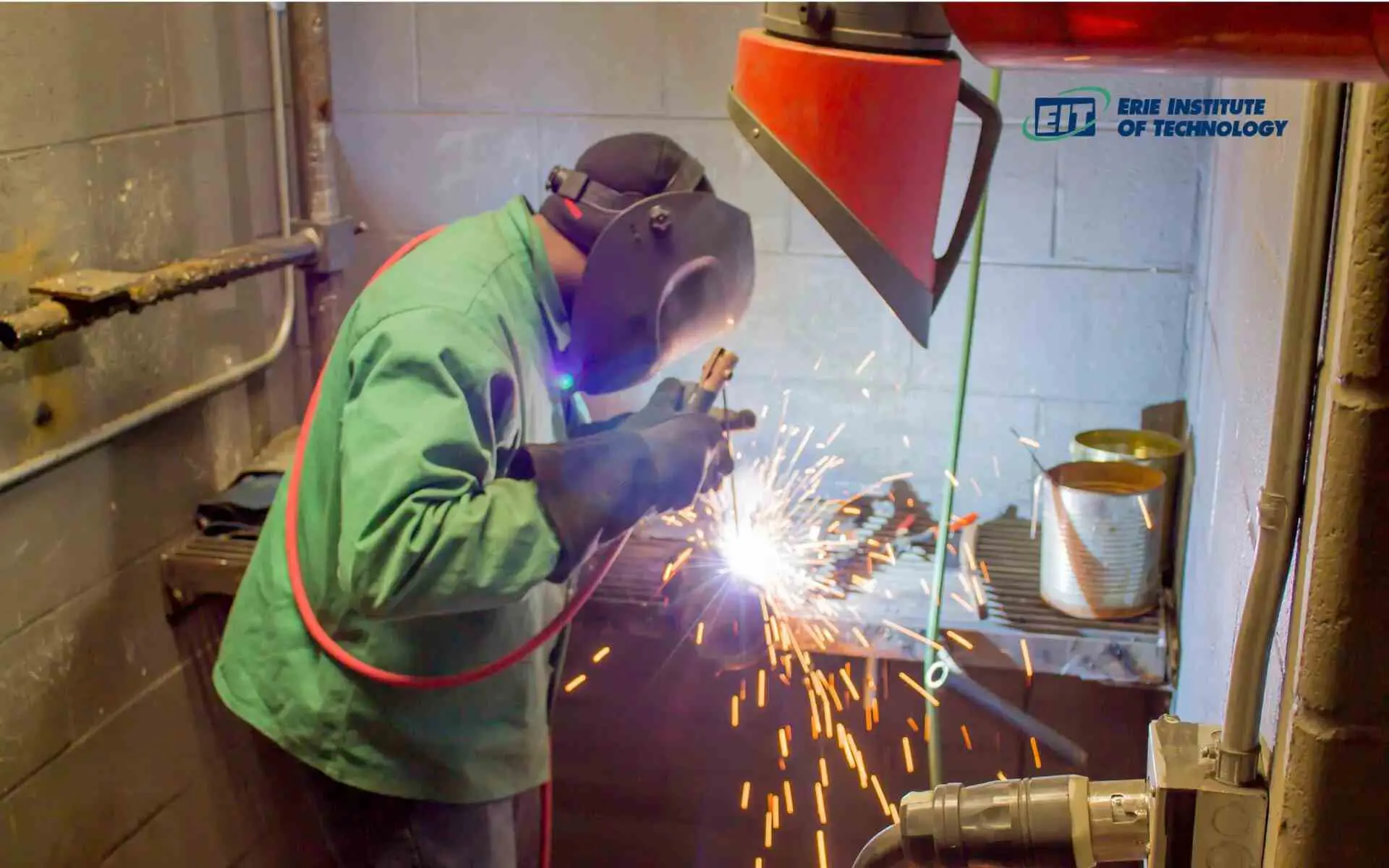The Significance of Welding WPS: Guaranteeing Quality and Safety And Security in Your Jobs
The Significance of Welding WPS: Guaranteeing Quality and Safety And Security in Your Jobs
Blog Article
The Ultimate Guide to Welding WPS Procedures: A Detailed Overview for Welders
In the complex world of welding, Welding Treatment Requirements (WPS) function as the foundation of guaranteeing quality, consistency, and safety and security in welding operations. Understanding the nuances of creating, carrying out, and keeping track of WPS procedures is essential for welders seeking to raise their craft and fulfill industry standards. As we delve right into the various parts of a WPS and discover the ins and outs of qualification and certification, we will reveal the important duty these treatments play in the realm of welding. Allow's get started on a journey to decipher the complexities and significance of WPS procedures in welding practices.
Value of WPS Procedures
Understanding the relevance of Welding Procedure Requirements (WPS) procedures is critical for making sure the high quality and integrity of welded frameworks. WPS procedures serve as a roadmap for welders, laying out the needed steps, criteria, and products called for to achieve a sound weld. By adhering to WPS guidelines, welders can make certain consistency in their job, resulting in dependable and structurally sound welds.
Among the primary reasons that WPS treatments are essential is their duty in preserving weld high quality and integrity. Complying with the defined welding parameters and strategies detailed in the WPS aids protect against problems such as porosity, splitting, or incomplete combination, which can jeopardize the toughness and toughness of the weld. In addition, WPS procedures are critical for making certain compliance with market standards and codes. By adhering to well-known WPS guidelines, welders can show that their work satisfies the needed demands for safety and security and top quality, providing guarantee to customers, examiners, and regulatory bodies. Essentially, the value of WPS treatments can not be overemphasized, as they are basic to accomplishing regular, top quality welds that meet industry requirements and requirements.

Components of a WPS
A Welding Procedure Spec (WPS) generally consists of necessary parts that information the particular demands for performing a weld, making sure consistency and top quality in the welding procedure. The key components of a WPS consist of crucial variables such as base metals, filler metals, interpass and preheat temperatures, welding procedures, protecting gases, welding placements, and post-weld warmth treatment demands.
Base steels describe the products being signed up with, while filler steels are made use of to fill up the void in between the base metals throughout welding. Preheat and interpass temperature levels are important for managing the heat input and preventing issues like breaking or distortion. The welding process lays out the particular strategy to be utilized, whether it's gas metal arc welding (GMAW), shielded steel arc welding (SMAW), or one more method. Shielding gases safeguard the weld swimming pool from climatic contamination. Welding placements define the alignments in which welding can be performed. Post-weld warm therapy might be needed to relieve tensions and improve the weld's properties. A comprehensive understanding of these parts is critical for creating a reliable and thorough WPS.

Certification and Qualification
Having actually established the essential parts of a Welding Treatment Requirements (WPS), the focus currently changes towards the critical elements of credentials and qualification in welding techniques.

Accreditation, on the other hand, is the formal recognition of a welder's qualifications by a pertinent certification body or organization. Welding qualifications are usually based on the particular welding processes, materials, and settings a welder is certified to collaborate with. Holding a valid welding accreditation shows that a welder fulfills market criteria and is proficient to carry out welding tasks to the needed requirements.
Producing a WPS
To develop a Welding Treatment Specification (WPS) that fulfills market standards, careful factor to consider of welding procedures, materials, and operational criteria is important. The very first step in developing a WPS is to determine the welding process to be utilized, such as gas metal arc welding (GMAW) or secured steel arc welding (SMAW)

Executing and Keeping An Eye On WPS
Upon settling the extensive Welding Procedure Specification (WPS) that carefully information welding processes, materials, operational criteria, and quality control steps, the focus moves to effectively executing and keeping an eye on the recognized treatments. Implementation includes guaranteeing that all welders entailed in the project recognize with the WPS and follow it carefully during the welding click resources procedure. This requires supplying sufficient training and supervision to ensure adherence to the defined treatments. Checking the WPS includes constant oversight to verify that moved here welding tasks align with the recorded specifications. Examinations, screening, and quality control measures are important components of the tracking procedure to recognize any type of deviations or issues quickly. Routine audits and evaluations of the welding treatments aid in maintaining uniformity and quality throughout the job. Effective execution and tracking of the WPS are vital for making certain the integrity, toughness, and safety of the welded joints, inevitably adding to the general success of the welding job.
Conclusion
Finally, understanding and adhering to Welding Treatment Specs (WPS) is crucial for welders to make certain high quality, uniformity, and safety and security in their work. By understanding the parts of a WPS, acquiring appropriate credentials and accreditations, developing thorough procedures, and implementing and monitoring them efficiently, welders can boost their skills and proficiency in welding techniques. Abiding by WPS procedures is essential for producing top quality welds and meeting industry requirements.
In the complex globe of welding, Welding Procedure Specifications (WPS) offer as the foundation of making certain high quality, consistency, and security in welding operations. The welding process details the certain method to be used, whether it's gas metal arc welding (GMAW), protected steel arc welding (SMAW), or one more method.To develop a Welding Treatment Spec (WPS) that meets sector criteria, careful factor to consider of welding procedures, products, and operational parameters is important. The first action in producing a WPS is to determine the welding website link procedure to be used, such as gas metal arc welding (GMAW) or protected steel arc welding (SMAW)Upon finalizing the detailed Welding Treatment Requirements (WPS) that carefully details welding procedures, products, operational parameters, and quality assurance steps, the focus moves to properly applying and checking the well established treatments.
Report this page